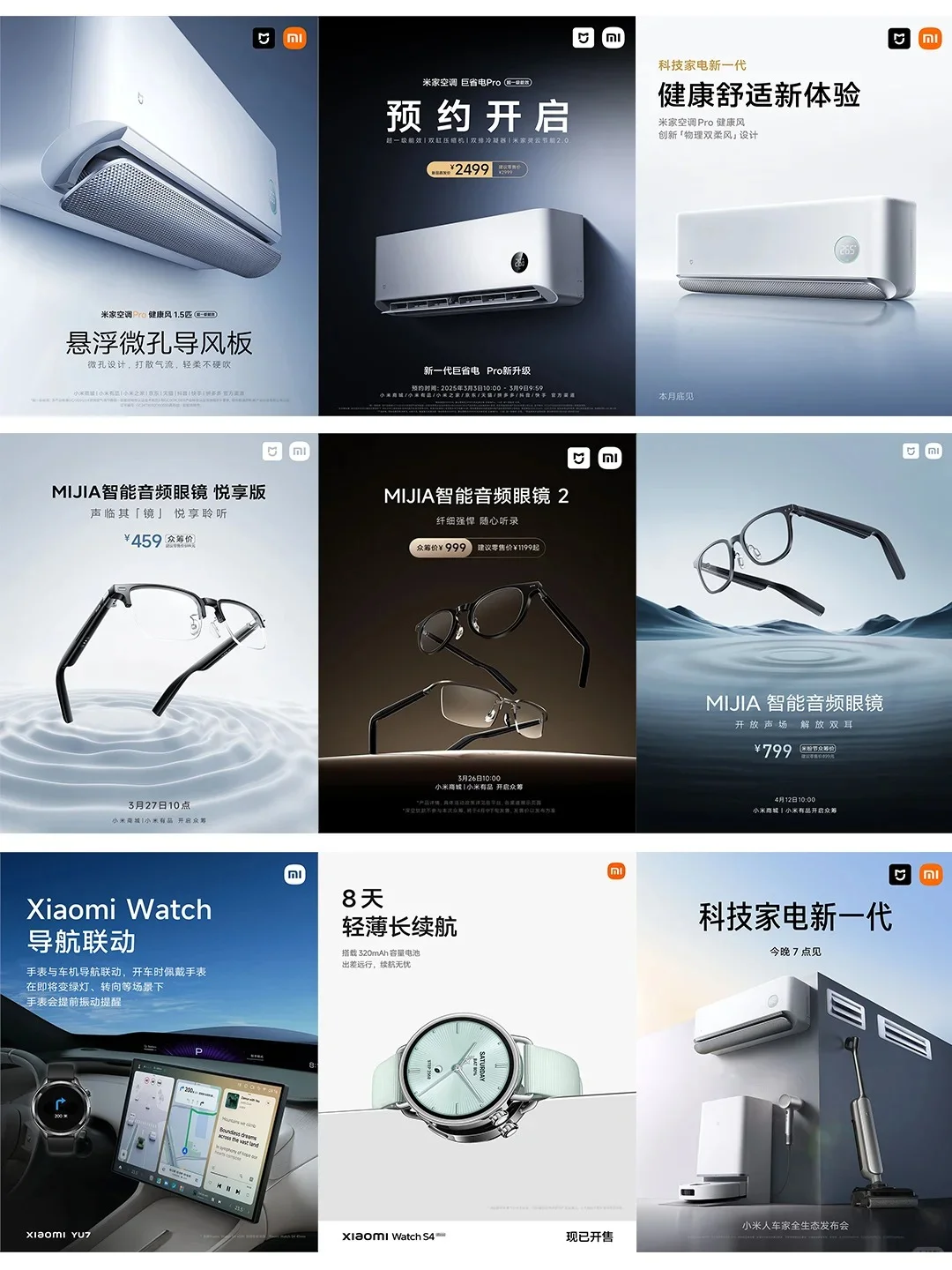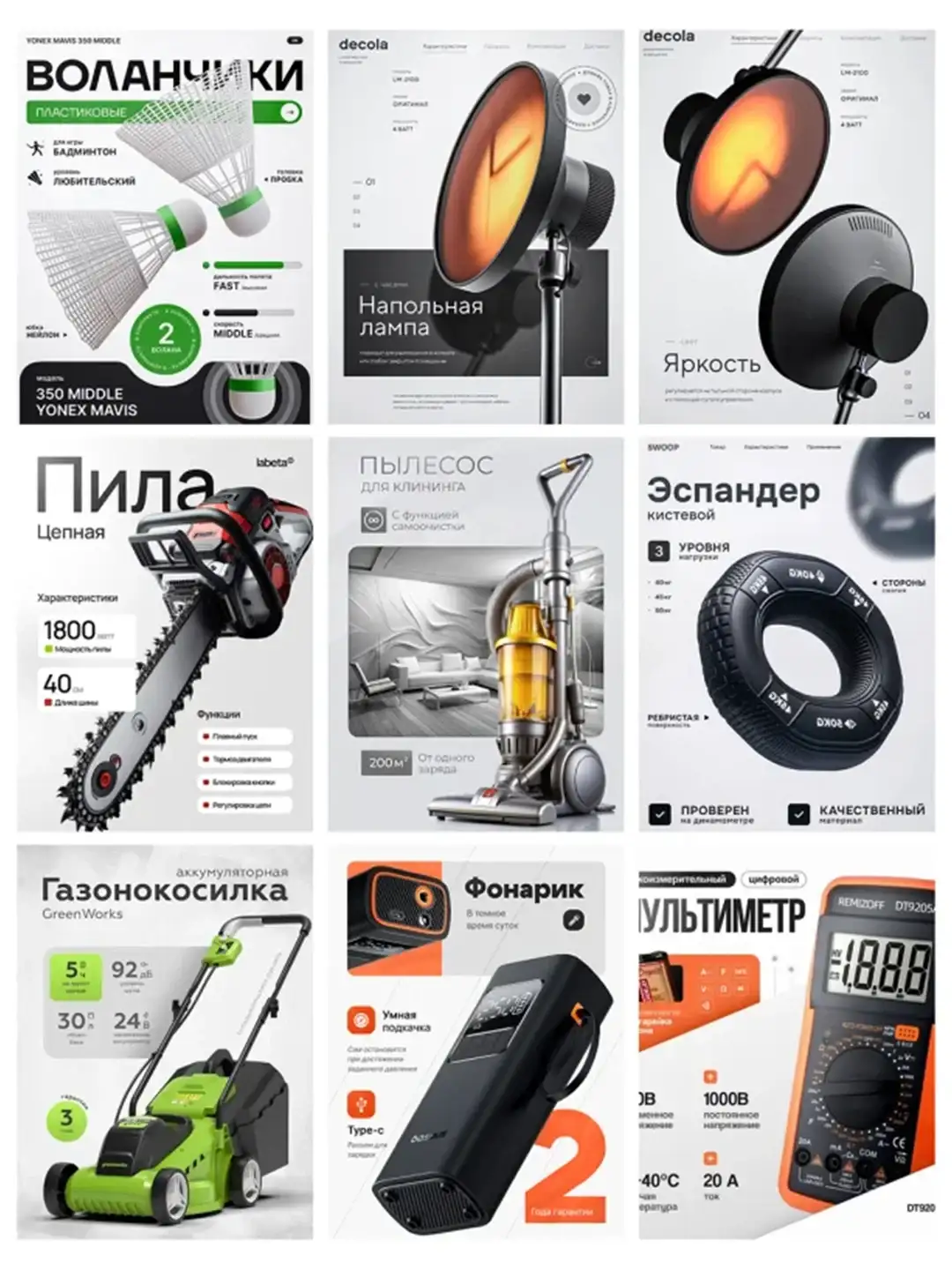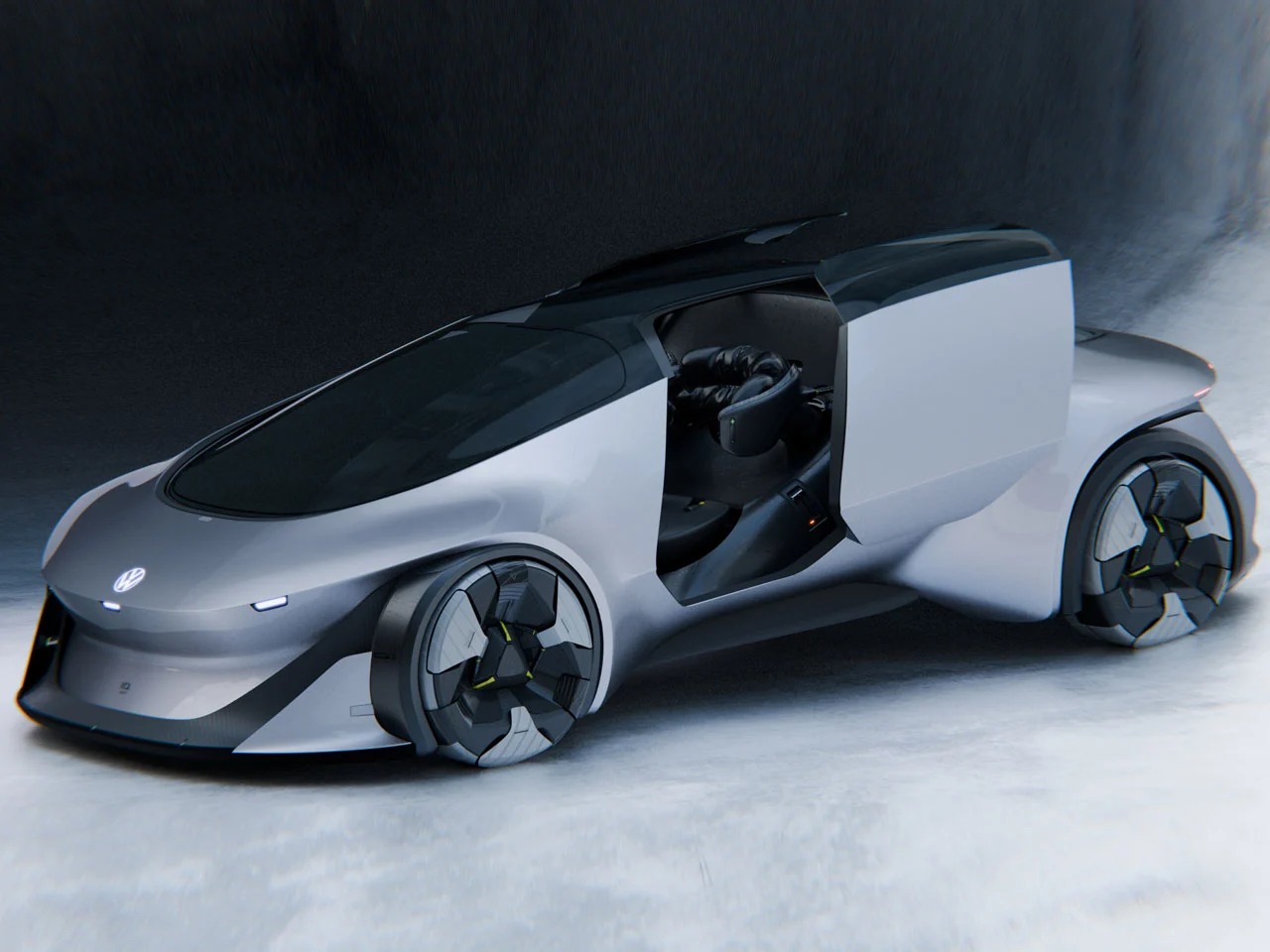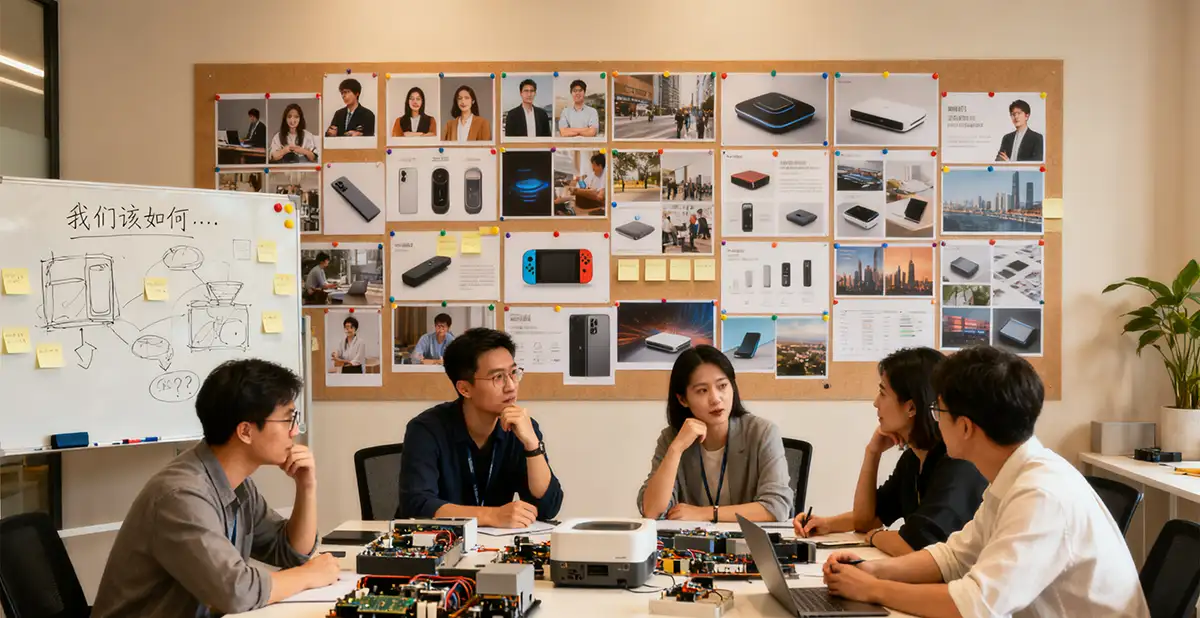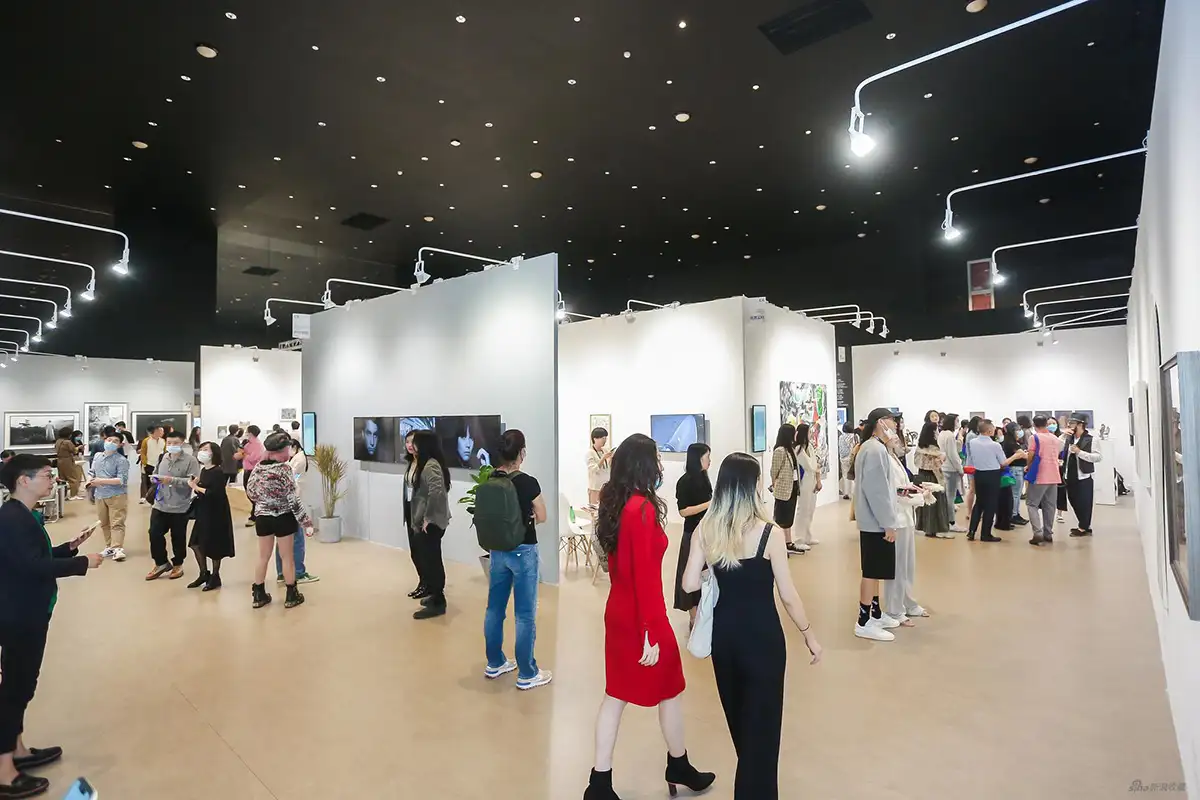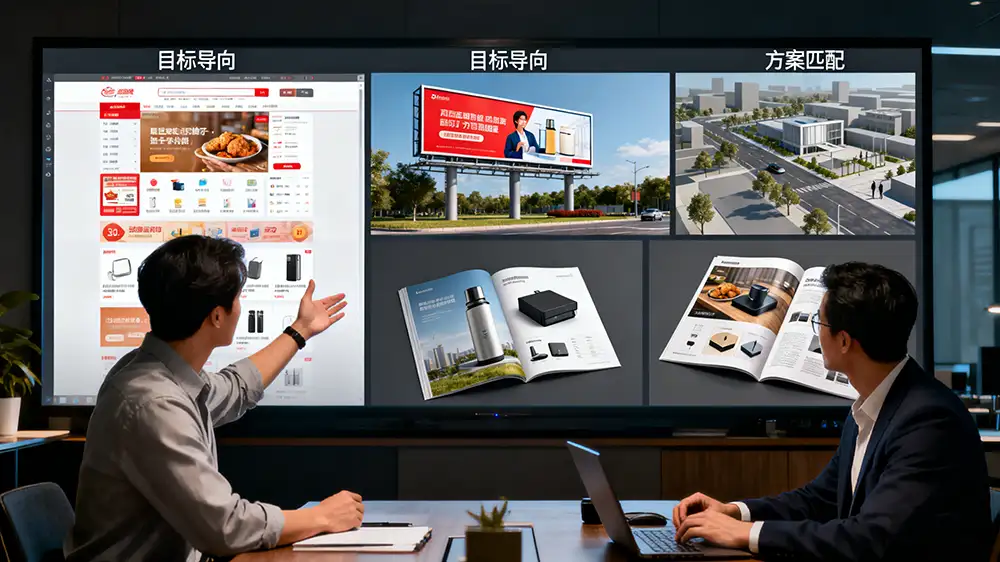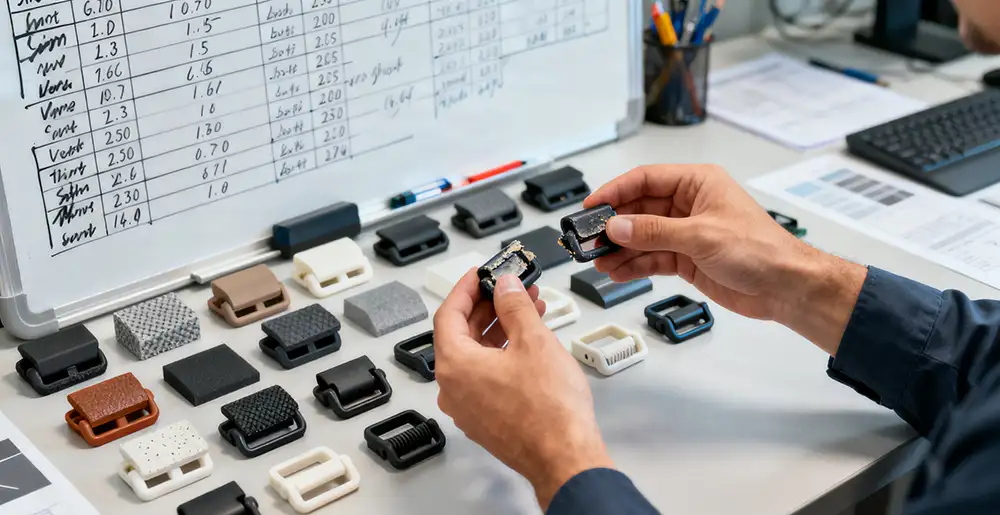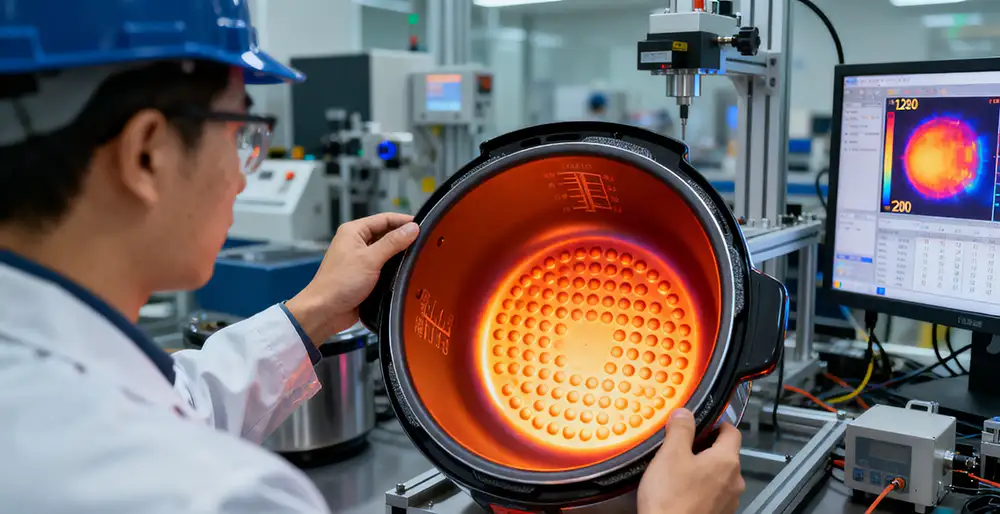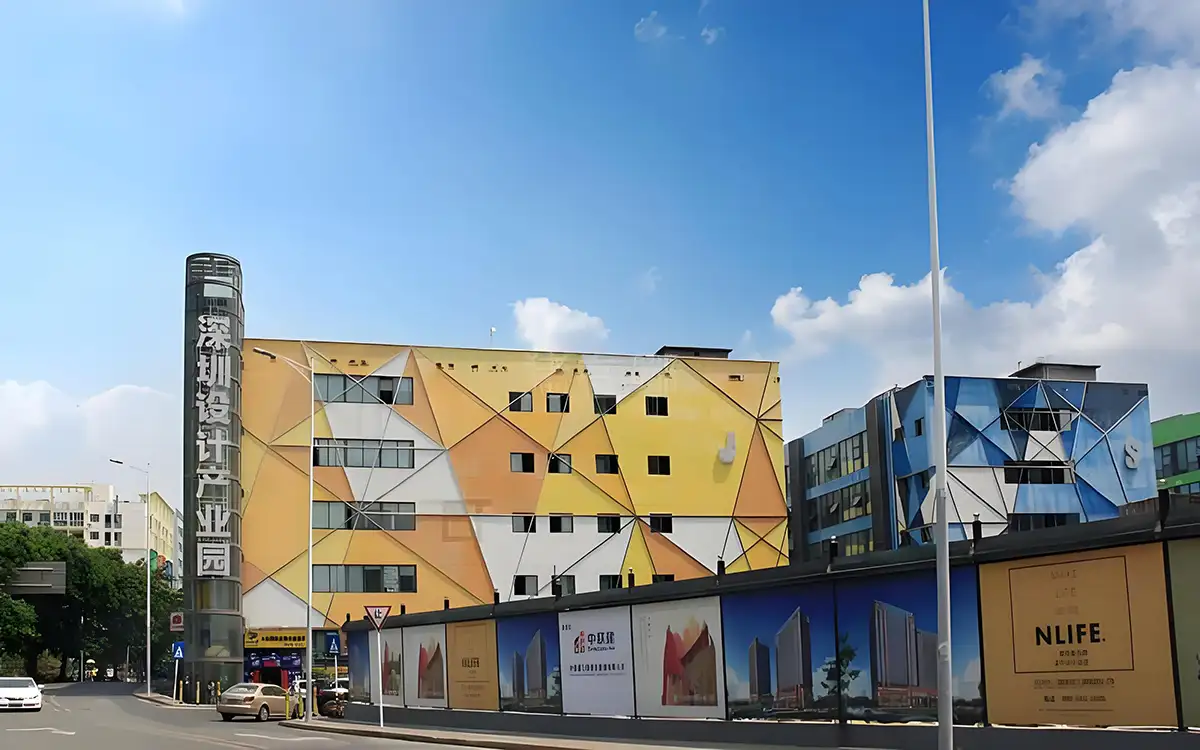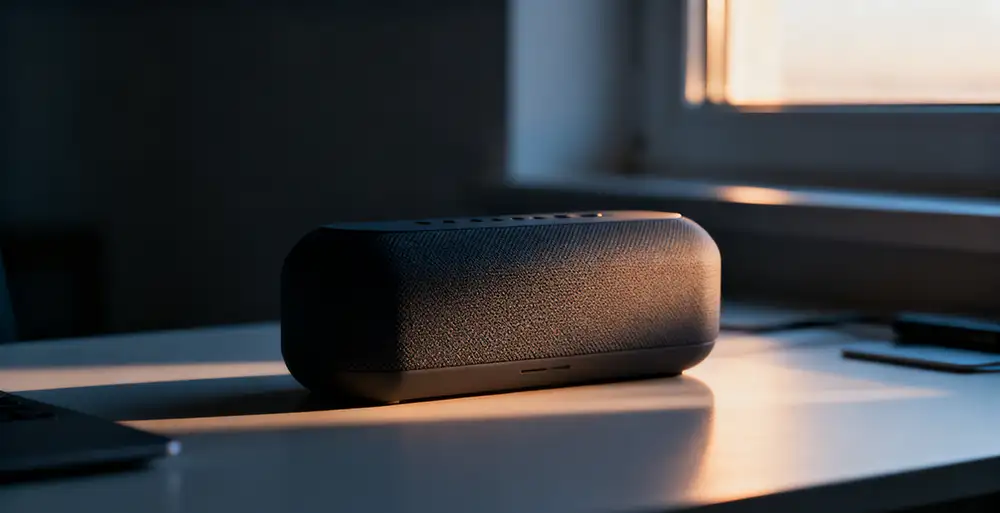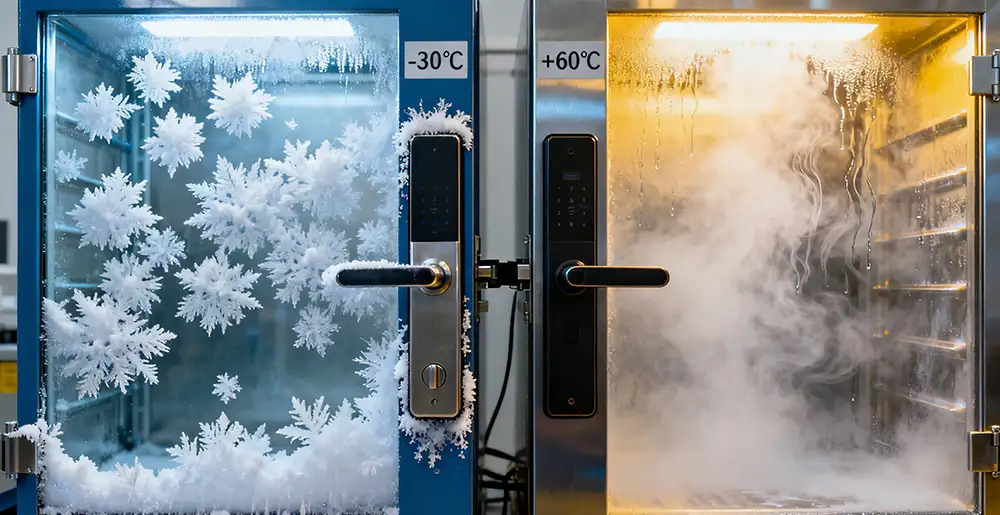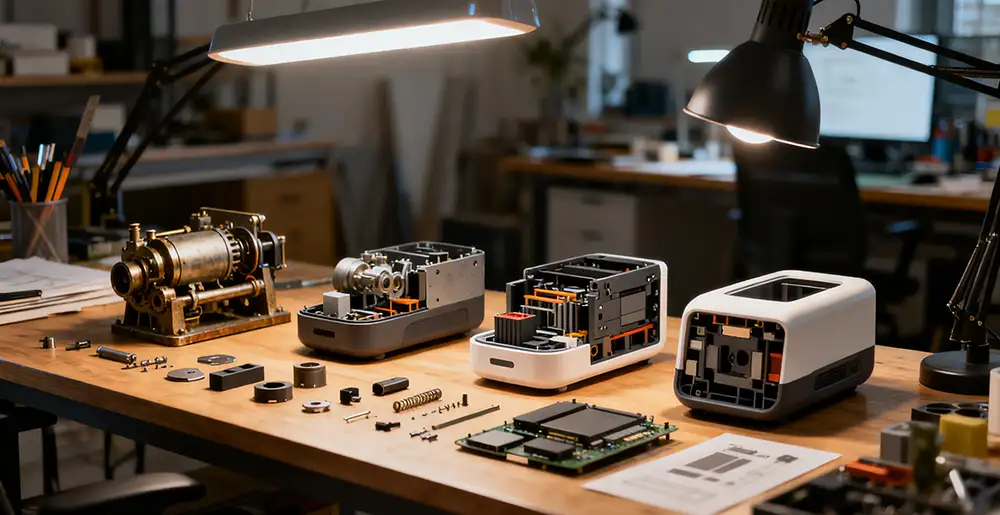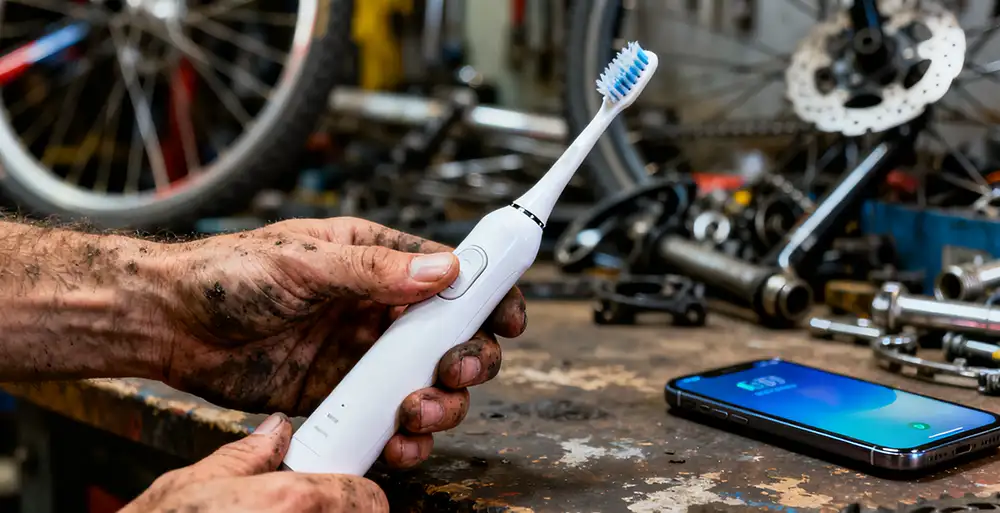NINEIDEA:深圳产品设计项目周期会因产品类型、复杂程度、行业要求及团队效率等因素有所不同,但通常遵循标准化流程。以下是结合深圳本地产业特点的项目设计周期解析,涵盖核心阶段、时间分配及影响因素:
一、深圳产品设计项目的标准周期框架
1. 需求分析与调研阶段(1-4 周)
- 核心任务:
- 明确用户需求、市场定位及功能规格(如消费电子需考虑用户体验,工业设备需侧重安全性)。
- 调研深圳本地供应链能力(如宝安的电子元器件、龙岗的模具厂),评估生产可行性。
- 竞品分析:参考深圳同类产品(如华强北的智能硬件)的设计趋势。
- 深圳特色:因本地市场反馈快,调研周期可压缩至 1-2 周(对比外地可能需 3-4 周)。
2. 概念设计与方案确定(2-6 周)
- 核心任务:
- 草图绘制、3D 建模(常用软件 SolidWorks、Rhino),输出多版本概念方案。
- 深圳团队常采用 “快速头脑风暴 + 本地供应商预沟通” 模式,提前确认外观件加工难度。
- 客户评审:本地客户可现场沟通,缩短方案调整时间(外地可能需远程反复确认)。
- 时间差异:简单产品(如手机壳)2-3 周,复杂产品(如医疗设备)4-6 周。
3. 详细设计与工程化(4-12 周)
- 核心任务:
- 结构设计:细化零部件尺寸,考虑深圳供应链的加工精度(如 CNC 加工公差控制)。
- 电子方案开发:对接深圳 PCB 板厂(如福田华强北),同步推进硬件与软件设计。
- 模具预设计:与东莞、惠州的模具厂提前沟通,减少后期开模返工(深圳本地模具资源密集)。
- 深圳优势:工程问题可快速对接本地专家(如南山的硬件工程师社群),周期比外地缩短 20%-30%。
4. 原型制作与测试(2-6 周)
- 核心任务:
- 手板打样:深圳本地 3D 打印厂(如光明区)1-3 天可出样,CNC 加工件 3-5 天。
- 功能测试:在深圳实验室完成电气性能、可靠性测试(如南山区的第三方检测机构)。
- 用户试用:邀请本地消费者体验(如科技园的初创公司用户群体),快速收集反馈。
- 典型案例:智能手表原型制作周期约 2-3 周(外地可能需 4-5 周)。
5. 量产准备与交付(2-4 周)
- 核心任务:
- 模具优化:根据试产结果调整模具(深圳周边模具厂响应速度快,修改周期 1 周内)。
- 供应链对接:锁定深圳及周边的元器件供应商(如华强北电子市场),确保量产产能。
- 包装与认证:本地完成 CE、FCC 等认证流程(如宝安的认证服务公司)。
- 周期特点:成熟供应链支持下,量产准备可压缩至 2 周,比外地更高效。
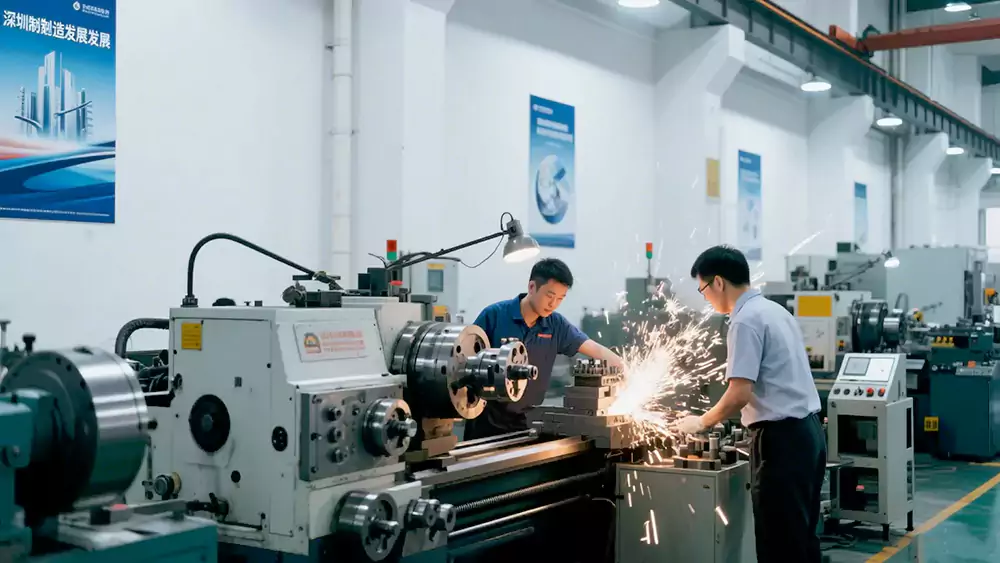
二、影响深圳产品设计周期的关键因素
| 因素 | 短周期场景(快) | 长周期场景(慢) |
|---|---|---|
| 产品复杂度 | 消费级小家电(如智能插座) | 医疗设备、汽车零部件 |
| 供应链配合 | 深圳本地供应商(1 小时内可达) | 外地供应商(物流与沟通成本高) |
| 客户反馈效率 | 深圳本地客户(可每日例会) | 跨国客户(时区差异 + 语言沟通) |
| 设计迭代次数 | 需求明确的成熟产品(0-1 次迭代) | 初创公司产品(3-5 次迭代) |
| 技术难度 | 常规硬件设计(如蓝牙模块集成) | 定制芯片开发、特殊材料应用 |
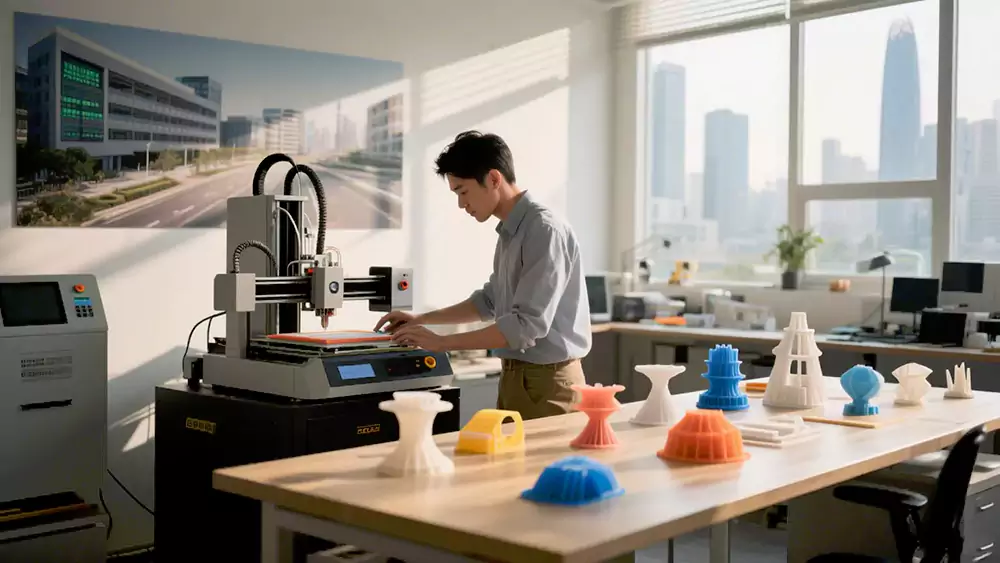
三、深圳典型产品设计周期案例
- 案例 1:TWS 耳机设计
- 周期:10-14 周(从需求到量产)
- 关键:深圳耳机方案商(如西乡)有成熟公模,可缩短结构设计周期至 2 周,原型打样 1 周内完成。
- 案例 2:工业机器人手臂
- 周期:24-36 周
- 关键:需多轮力学仿真与精密加工测试,深圳光明区的精密机械加工厂可支持高精度零件制造,但调试周期较长。
- 案例 3:智能穿戴设备
- 周期:12-16 周
- 关键:华强北可快速采购传感器等元器件,南山的软件团队同步开发 APP,缩短软硬件联调时间。
四、深圳设计团队加速周期的策略
- 本地化供应链整合:利用深圳 “1 小时供应链圈”,如 PCB 打样找华强北捷多邦(24 小时出货),外壳注塑找东莞长安镇工厂。
- 敏捷开发模式:采用 “设计 – 打样 – 测试” 快速迭代,部分团队每周更新原型(如南山科技园的硬件孵化器)。
- 预研资源复用:成熟设计公司(如浪尖、鼎典)有标准模块库(如电源方案、接口设计),可缩短 30% 详细设计时间。
深圳产品设计的项目周期通常在 8-36 周之间,核心优势在于供应链效率与本地协作。若需压缩周期,建议优先选择深圳本地团队,并提前明确需求、对接成熟供应商。对于复杂项目,可参考 “分阶段里程碑管理”,如每 4 周设定原型评审节点,确保进度可控。

NINEIDEA: The project cycle of Shenzhen product design will vary depending on the product type, complexity, industry requirements, team efficiency and other factors, but usually follows the standardized process. The following is a project design cycle analysis based on the characteristics of local industries in Shenzhen, covering core stages, time allocation, and influencing factors:
1、 Standard cycle framework for Shenzhen product design projects
- Requirement analysis and research stage (1-4 weeks)
Core task:
Clearly define user needs, market positioning, and functional specifications (such as considering user experience for consumer electronics and emphasizing security for industrial equipment).
Conduct research on the local supply chain capabilities in Shenzhen, such as electronic components in Bao’an and mold factories in Longgang, and evaluate production feasibility.
Competitive analysis: Refer to the design trends of similar products in Shenzhen, such as Huaqiangbei’s intelligent hardware.
Shenzhen characteristics: Due to the fast feedback from the local market, the research cycle can be compressed to 1-2 weeks (compared to other regions, it may take 3-4 weeks).
- Conceptual design and scheme determination (2-6 weeks)
Core task:
Sketching, 3D modeling (commonly used software SolidWorks, Rhino), and outputting multi version conceptual solutions.
The Shenzhen team often adopts the “quick brainstorming+local supplier pre communication” mode to confirm the difficulty of processing appearance parts in advance.
Customer review: Local customers can communicate on-site to shorten the adjustment time of the plan (remote confirmation may be required in other places).
Time difference: Simple products (such as phone cases) take 2-3 weeks, while complex products (such as medical devices) take 4-6 weeks.
- Detailed design and engineering (4-12 weeks)
Core task:
Structural design: Refine component dimensions and consider the machining accuracy of the Shenzhen supply chain (such as CNC machining tolerance control).
Electronic solution development: Coordinate with Shenzhen PCB board factories (such as Futian Huaqiangbei) to simultaneously promote hardware and software design.
Mold pre design: Communicate with mold factories in Dongguan and Huizhou in advance to reduce rework after mold opening (local mold resources in Shenzhen are intensive).
Shenzhen advantage: Engineering problems can be quickly connected to local experts (such as the hardware engineer community in Nanshan), with a 20% -30% shorter cycle compared to other cities.
- Prototype production and testing (2-6 weeks)
Core task:
Prototype making: Local 3D printing factories in Shenzhen (such as Guangming District) can produce samples in 1-3 days, while CNC machining takes 3-5 days.
Functional testing: Conduct electrical performance and reliability testing in a laboratory in Shenzhen (such as third-party testing institutions in Nanshan District).
User trial: Invite local consumers to experience (such as the startup user group in the technology park) and quickly collect feedback.
Typical case: The prototype production cycle of a smartwatch is about 2-3 weeks (it may take 4-5 weeks in other places).
- Mass production preparation and delivery (2-4 weeks)
Core task:
Mold optimization: Adjust the mold based on the trial production results (mold factories around Shenzhen have fast response times and modification cycles within one week).
Supply chain docking: Lock in component suppliers in Shenzhen and surrounding areas (such as Huaqiangbei Electronics Market) to ensure mass production capacity.
Packaging and Certification: Local completion of CE, FCC and other certification processes (such as certification service companies in Bao’an).
Cycle characteristics: With the support of a mature supply chain, mass production preparation can be compressed to 2 weeks, which is more efficient than in other regions.
2、 Key factors affecting the product design cycle in Shenzhen
| Factors | Short cycle scenarios (fast) | long cycle scenarios (slow) |
|---|---|---|
| product complexity | consumer grade small appliances (such as smart sockets) | medical equipment, automotive parts supply chain |
| Supply chain coordination | Shenzhen local suppliers (reachable within 1 hour) | out of town suppliers (high logistics and communication costs) |
| customer feedback efficiency | local customers in Shenzhen (daily meetings available) | 跨multinational customers (time zone differences+language communication) |
| design iteration times | clear requirements, mature products (0-1 iteration) | startup company products (3-5 iterations) |
| technical difficulty | conventional hardware design (such as Bluetooth module integration) | customized chip development, special material application |
3、 Typical Product Design Cycle Case in Shenzhen
Case 1: TWS Earphone Design
Cycle: 10-14 weeks (from demand to mass production)
Key: Shenzhen headphone solution providers (such as Xixiang) have mature models that can shorten the structural design cycle to 2 weeks and complete prototype sampling within 1 week.
Case 2: Industrial Robot Arm
Cycle: 24-36 weeks
Key: Multiple rounds of mechanical simulation and precision machining testing are required. The precision machining factory in Guangming District, Shenzhen can support high-precision part manufacturing, but the debugging cycle is relatively long.
Case 3: Smart wearable devices
Cycle: 12-16 weeks
Key: Huaqiangbei can quickly purchase sensors and other components, while Nanshan’s software team synchronously develops an APP to shorten the time for software and hardware debugging.
4、 The strategy of Shenzhen design team to accelerate the cycle
Localized supply chain integration: Utilize the “1-hour supply chain circle” in Shenzhen, such as finding Huaqiang North Jieduobang for PCB sampling (24-hour shipping), and finding Dongguan Chang’an Town factory for shell injection molding.
Agile development mode: adopting “design prototype test” rapid iteration, with some teams updating prototypes weekly (such as the hardware incubator in Nanshan Science and Technology Park).
Reuse of pre research resources: Mature design companies (such as Langjian and Dingdian) have standard module libraries (such as power solutions and interface designs), which can shorten detailed design time by 30%.
The project cycle for product design in Shenzhen usually ranges from 8-36 weeks, with the core advantages being supply chain efficiency and local collaboration. If you need to compress the cycle, it is recommended to prioritize choosing a local team in Shenzhen, clarify the requirements in advance, and connect with mature suppliers. For complex projects, reference can be made to “phased milestone management”, such as setting prototype review nodes every 4 weeks to ensure controllable progress.











